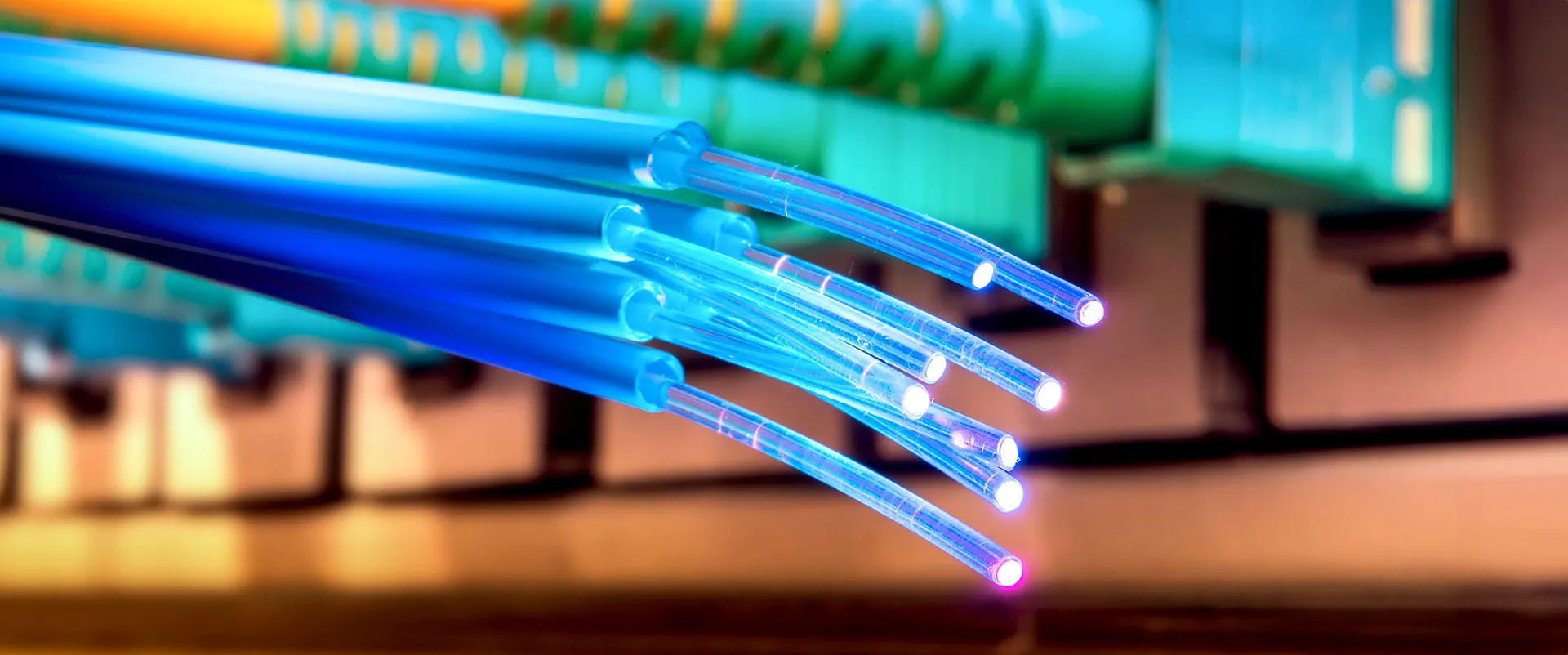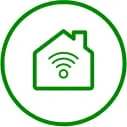In 2023, Ziply Fiber became the first ISP in the country to offer residential internet speeds up to 50 Gig, but the real story isn't just about speed: It's about the network behind it. Unlike most providers, we've built our infrastructure from the ground up to prioritize performance, reliability and scale—without cutting corners. To understand how that's possible, we spoke with John van Oppen, our VP of Network, about the decisions that make our network different, and why those choices matter more than ever.
Q: Why is our network design different from what most ISPs provide, and why is that important?
A: There are two main reasons we're able to deliver such fast and reliable internet. First, we use fiber all the way to the home—that's what allows us to offer multi-gig speeds. Second, our core network is built entirely with the latest technology. Every connection we use is 100 gigabits per second or faster. We don't rely on older, slower links like many other providers do. We also own and operate almost all our network infrastructure, so we're not waiting on third parties when it's time to make upgrades. That means we can add capacity quickly—before it's needed—so things never get overloaded. Even when something unexpected happens, the network keeps performing the way it should.
Q: And if something does fail, are our customers still online?
A: They are. Most of our core infrastructure is designed to withstand multiple failures at once. The only single-path element is from customer to the local hub. Beyond that, everything's designed with redundancy. It's what I half-jokingly refer to as lazy engineering. When things are designed so well that whenever there's an issue, you don't have to panic.
Q: You also spoke about control. Could you offer some examples of how that works out in the real world?
A: Last month in Lynwood, there was a piece of key power equipment that failed catastrophically while being tested. We were deliberately testing it in the daytime, so we had everybody prepared. We sent both contractors and our own crews out, had spare parts on site and were able to bypass the failed equipment before running out of battery power. Not a single customer went offline. In fact, customers didn't even realize that a failure had occurred. That's what you get when you own the power, the batteries, the generators—everything.
Q: Let's talk about peering. How do we peer with other networks and why is peering so important for streaming or gaming?
A: Peering is a big part of what makes our customers' internet experience fast and smooth. About 90% of the traffic on our network connects directly to the companies most customers interact with, like Microsoft, Netflix, and Meta, through private, point-to-point connections. These are high-capacity links (100 or 400 gigabits per second) that are used exclusively by us and our customers to exchange traffic directly with the majority of the Internet. We also connect in more locations than most providers, including multiple data centers in the same city. That matters because the closer and more direct your connection is, the faster your content loads. We reduce congestion, use fiber for speed and make sure those connections are as close to our customers as possible. That's why their video streams without buffering, and their games don't lag.
Q: Is there anything in our network that you believe most people tend not to think about, but which has a huge impact on performance?
A: I'd say our reliability. The public becomes enamored with speed and electronics, but networks are physical infrastructure. They need power and cooling. Since we own and operate most of our facilities, we've removed much of the cause of downtime. In 400+ buildings, we experience only one or two building-related outages annually. That beats many commercial data centers. So, when customers say, "Wow, my Ziply Fiber internet never goes down," it's not luck. There's a lot of planning and infrastructure that goes on behind the scenes.
Q: Looking forward, how do you envision the needs of residential internet changing, and how are we gearing up for it?
A: I think we're already ahead of the curve. In the past, people mainly wanted more bandwidth. Now, what they really want is performance. They want their apps to work instantly and reliably, without lag or interruptions. That's why we're focused on things like low-latency routing, direct connections to major content providers and smart ways to prioritize traffic—especially over WiFi, where signal strength can be inconsistent. Most providers, even some fiber ones, aren't building their networks with this kind of detail in mind. I've seen traffic from Hawaii being unnecessarily routed through Los Angeles, adding distance and slowing things down, just because no one thought it through. But that's the kind of thing we pay attention to. When it comes right down to it, people don't care how many gigabits their plan says—they care whether their video buffers or their app times out. We're building the network to make sure those things don't happen.
Q: If you're asked what makes Ziply Fiber special, what's your reply?
A: We construct our network so well that our customers will never have the need to think about it. It just works. It's fast, secure, and extremely reliable. What more could you want from a network?






